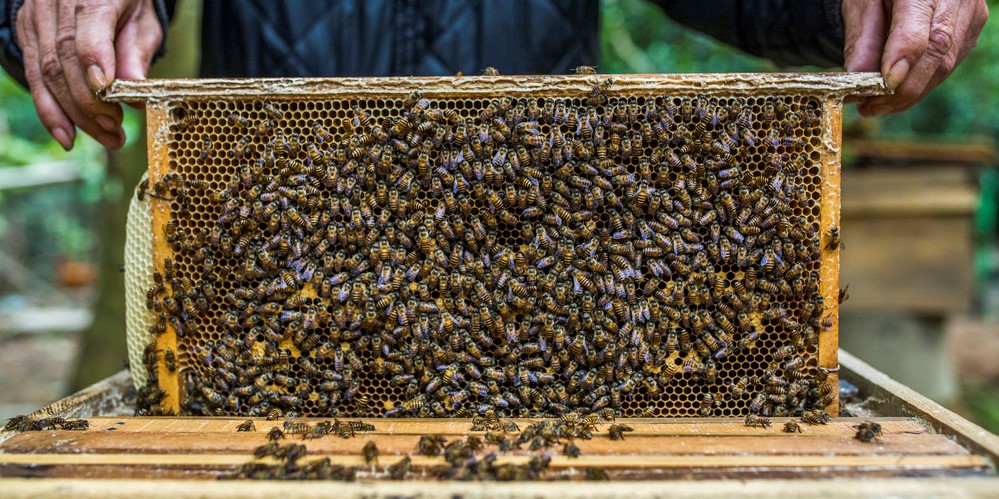
We’re concerned about bees! In fact, it was our concern for bee and pollinator populations that led us to set up Seedball in the first place, and it seems we are not the only ones. Interest in the plight of bees has risen sharply in recent years, and with it has come a rise in beekeeping, particularly urban beekeeping.
We wanted to find out more about how to get involved so we spoke to Keith from The National Beekeeping Centre Wales, known as Bees Wales, and he gave us ten top beginner tips for getting into beekeeping!
Your local beekeeping association is the best place to start. They will have all the information that you need for what is going on in your area. Take a look at British Beekeeping Association website for help and to find your local branch!
Attend a course for beginner beekeepers. Keith recommends a course that is at least 16-20 hours long, any less and you will want more! Your local beekeeping association will know more about what is happening in your area, or, alternatively, you can look for quality course providers.
Looking after a single hive requires about half an hour a week between April and October – if you have two hives this will double to an hour a week. In the winter, you will occasionally need to inspect the hive externally – that’s it!
Of course, you can spend a lot of time watching the bees coming and going, and you will learn a lot about the hive in this way!
You will learn on the Beekeeping course that you need more than just a queen to get a hive started. Your local beekeeping association can provide a list of association members who can supply you with your first starter “nuc” of bees!
.jpg) 8. Think about health and safety:
8. Think about health and safety:Most beekeepers get stung occasionally and become immune to stings over time! A few people suffer severe reactions to bee stings – this includes some beekeepers who always carry an epipen in case they are stung.
If you keep your bees at home you should carefully consider your neighbours. You might want to discuss your plans with them, they might object so it’s good to check before spending all your harned earned cash, however, they might be interested in becoming a beekeeper too!
Your local Beekeeping association will likely offer a mentor who will help you get through your first year of beekeeping!